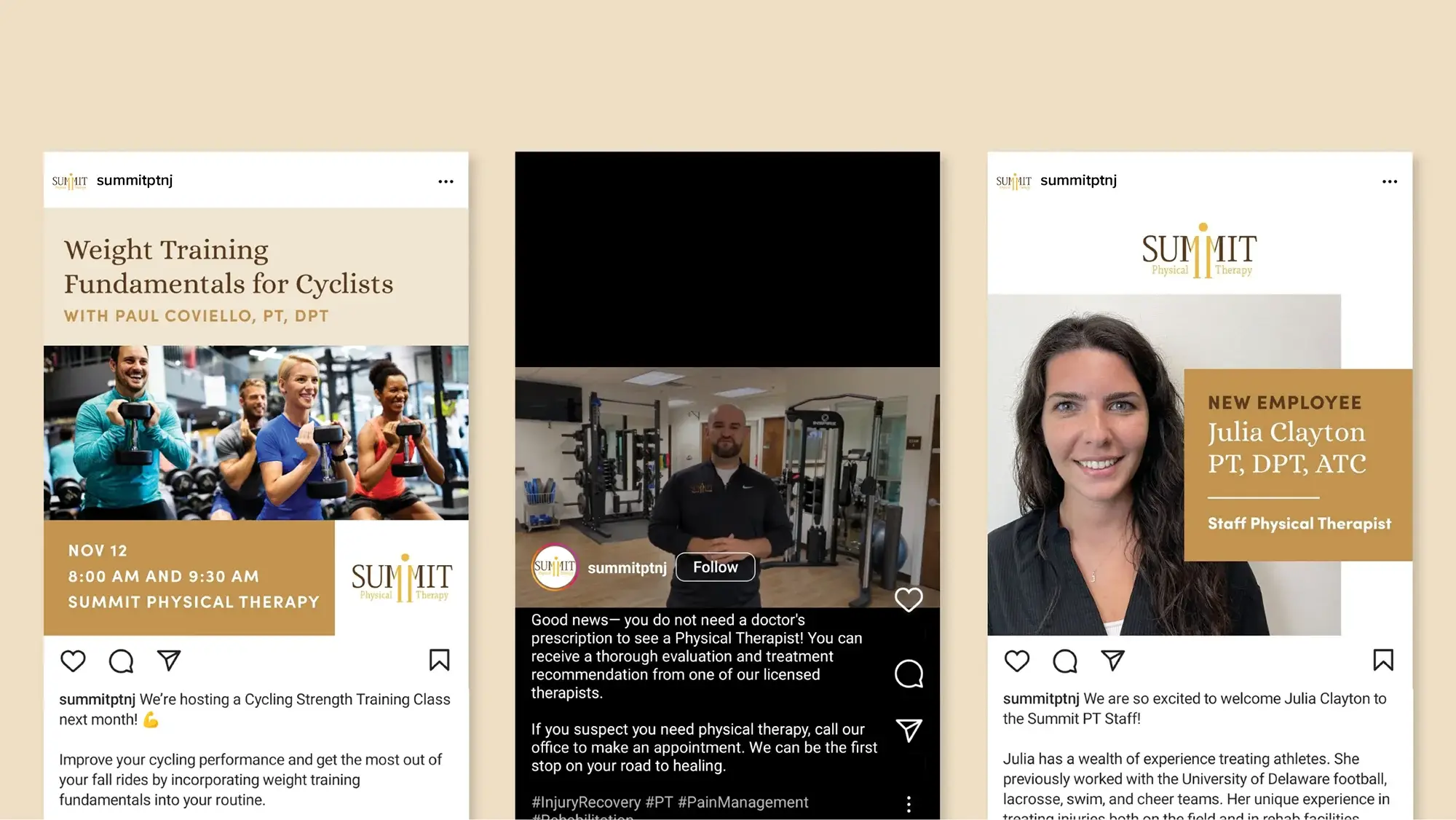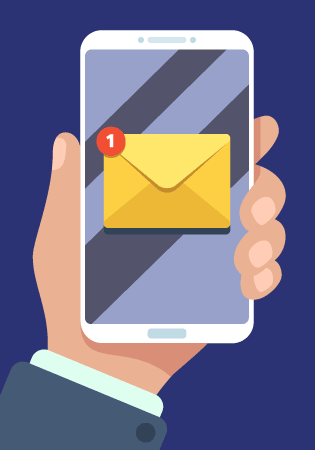Many nonprofits have limited resources, so it can be a challenge to generate new opportunities while staying within budget. Nonprofits have a wide variety of marketing demands, too. They need to fundraise, regularly communicate their mission, promote the change they are supporting and nurture their community of donors and volunteers.
Luckily, there are ways to optimize a nonprofit marketing budget that any organization can adopt. The digital landscape offers a range of excellent strategies to reach constituents without a big financial investment. In our work with our nonprofit clients, we have seen great success come from smart planning that pays big dividends.
Social Media Optimizes a Nonprofit Marketing Budget
Social media is an essential piece of any marketing plan. It is an excellent, low-cost way to increase your marketing outreach and an important part of keeping your organization in front of supporters. Without a social media presence, it’s difficult to stay relevant.
Choose the platforms that make sense for your organization and targeted audience. Many of our clients use Facebook, Instagram and LinkedIn to reach supporters directly. These social media platforms are great for building community and spreading awareness for very little expense. Post once or twice a week about initiatives or activities to keep followers informed, and follow these best practices:
- Use photos and videos to increase engagement
- Showcase stories of donors or people your organization has helped
- Use hashtags to expand reach
- Make it easy for followers to share your content
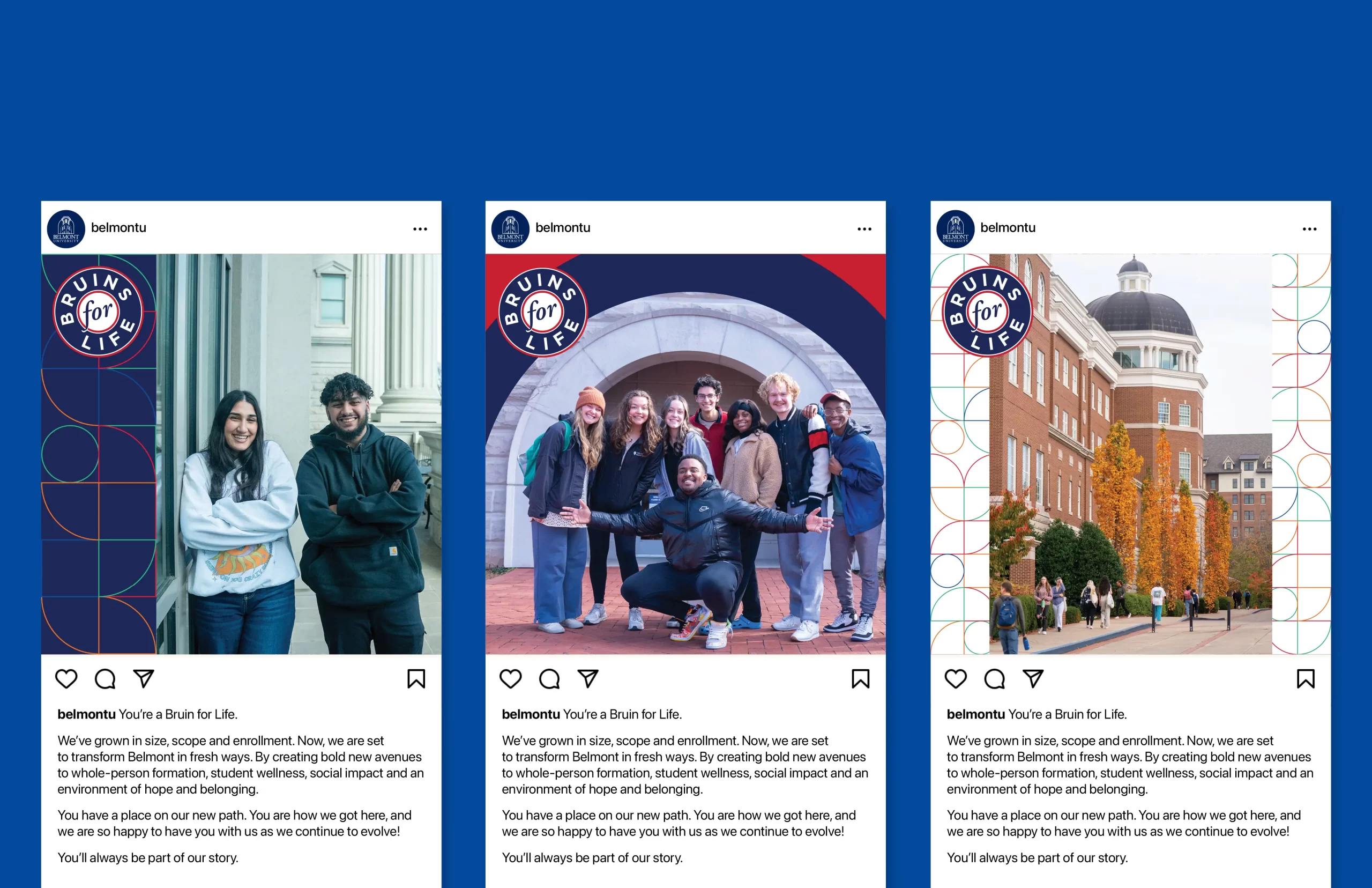
Boosting Posts Boosts a Limited Budget
Boosting your post—paying to promote a post to an audience of your choosing—is a great way to expand reach and engagement on a limited budget. Boosting is not the same thing as digital advertising and is fairly affordable. Spending about $500 a month on boosted posts can help an account that doesn’t have a high number of followers or has a hard time reaching them organically.
Types of boosted posts that do especially well include anything with high-quality images or videos.
Being prepared to spend a little bit of money to reach a larger audience on Facebook may be worth it. Without boosting, Facebook doesn’t always make it easy to get engagement no matter what you’re sharing. Organic posts don’t always appear to followers because the algorithms prioritize content likely to generate engagement (likes, comments, shares), and posts with low engagement may be hidden by the algorithm and shown to only 10% of their total followers.
The good news is that boosting works! It is less complex than running ads and allows you to target your audience by interests, geography, age groups, and other demographics.
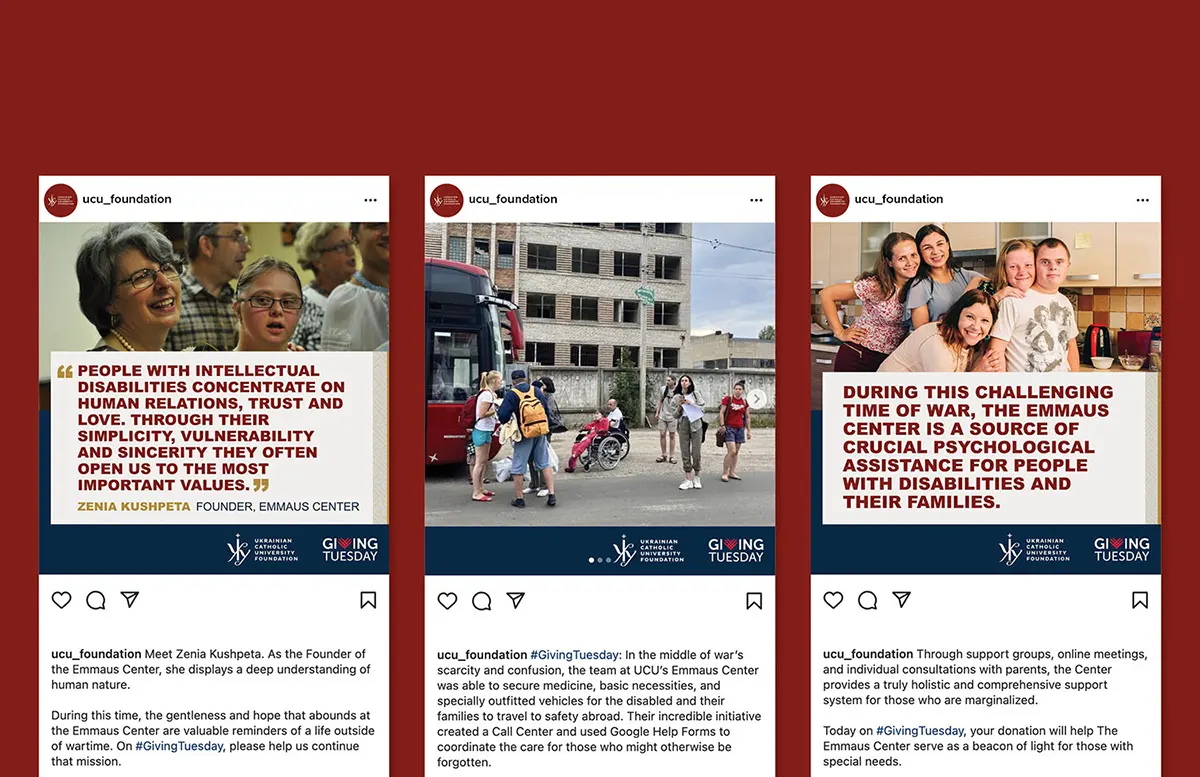
Digital Advertising Benefits for Nonprofit Organizations
Advertising on Google or Meta (Facebook/Instagram) is an excellent way to promote specific events or activities. The ads will appear in organic searches and can also be served to targeted audiences. It is a very cost-effective way to reach your audience. Creating the ads takes some skill and creativity; there are strict guidelines for character counts, photo sizing, and other parameters. Once you (or your marketing team) master those specifications, digital advertising can become more effective.
Google Ad Grants for Nonprofits
Nonprofit organizations may also qualify for a Google Ad Grant, which provides up to $10,000 a month of free advertising on Google search ads. You need to apply and gain Google’s approval, and then there are specific guidelines to follow. Qualified nonprofits should try to utilize this program!
Social media and digital advertising each provide ways to track the efficacy of your efforts, to ensure a strong reach without spending money on broad or untargeted campaigns.
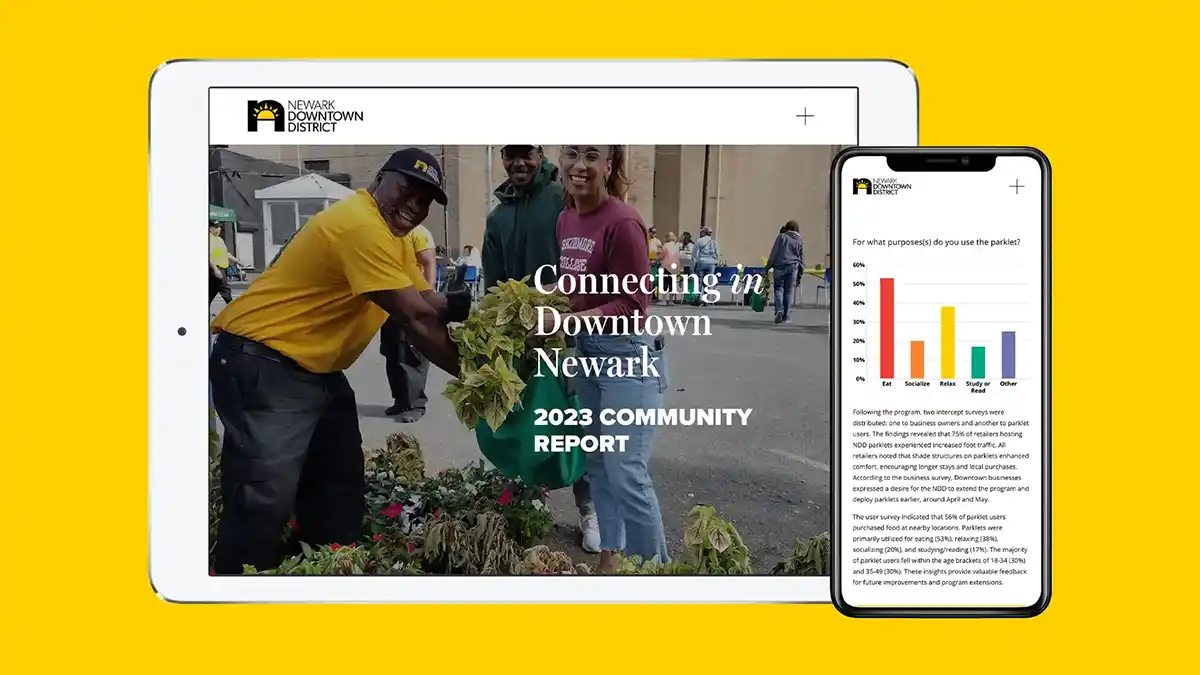
Content Marketing and SEO for Nonprofits
Creating content around your cause and the work you are doing is an important part of your marketing plan. High-quality content educates people about your mission and can increase the amount of attention and support you receive.
It can also bring more traffic to your website, stimulate engagement with your social platforms, and remind donors that you deserve their support.
Tell a Great Story
There is no better way to bring your impact to life than storytelling. Things that make great stories:
- Compelling stories about your accomplishments or progress
- People or places your organization has helped
- Facilities (dog shelter, a new medical care facility) that are making a difference
- Donors who have led strong initiatives
- Programs that uplift communities
- Case studies that show how your organization solved a problem
Use video and photography to tell these stories vividly. You can even ask talented volunteers to assist with this content creation.
Follow SEO Guidelines
As you create this content, make the best of Search Engine Optimization (SEO).
- Use relevant keywords (words that are meaningful to your mission and audience) in your text, especially in your headings, titles and meta descriptions.
- Use a variety of content types—blog posts, infographics, photography—to appeal to many different search intents.
- Optimize your website for mobile with easy-to-read screens and fast loading.
- Use plenty of internal links on your website to encourage users to explore your site.
- Post content regularly to boost SEO value.
Email Marketing Has a Strong ROI for Nonprofit Budgets
Email marketing is a very powerful and cost-effective tool, but more than half of nonprofits have no real email marketing strategy. To make it truly effective, you need a plan for targeting and measuring your efforts.
Nonprofits enjoy a very high open rate for their emails. The average open rate is 25-46%, compared to about 21% for other industries. So when you get the readers’ attention, make it count! Make sure your emails are targeted to the right audience, cleanly designed and easy to read, and have a clear call to action: donate, visit your website, or register for a program or event. Whatever action you want them to take should be easy via live buttons or QR codes that enable their response.
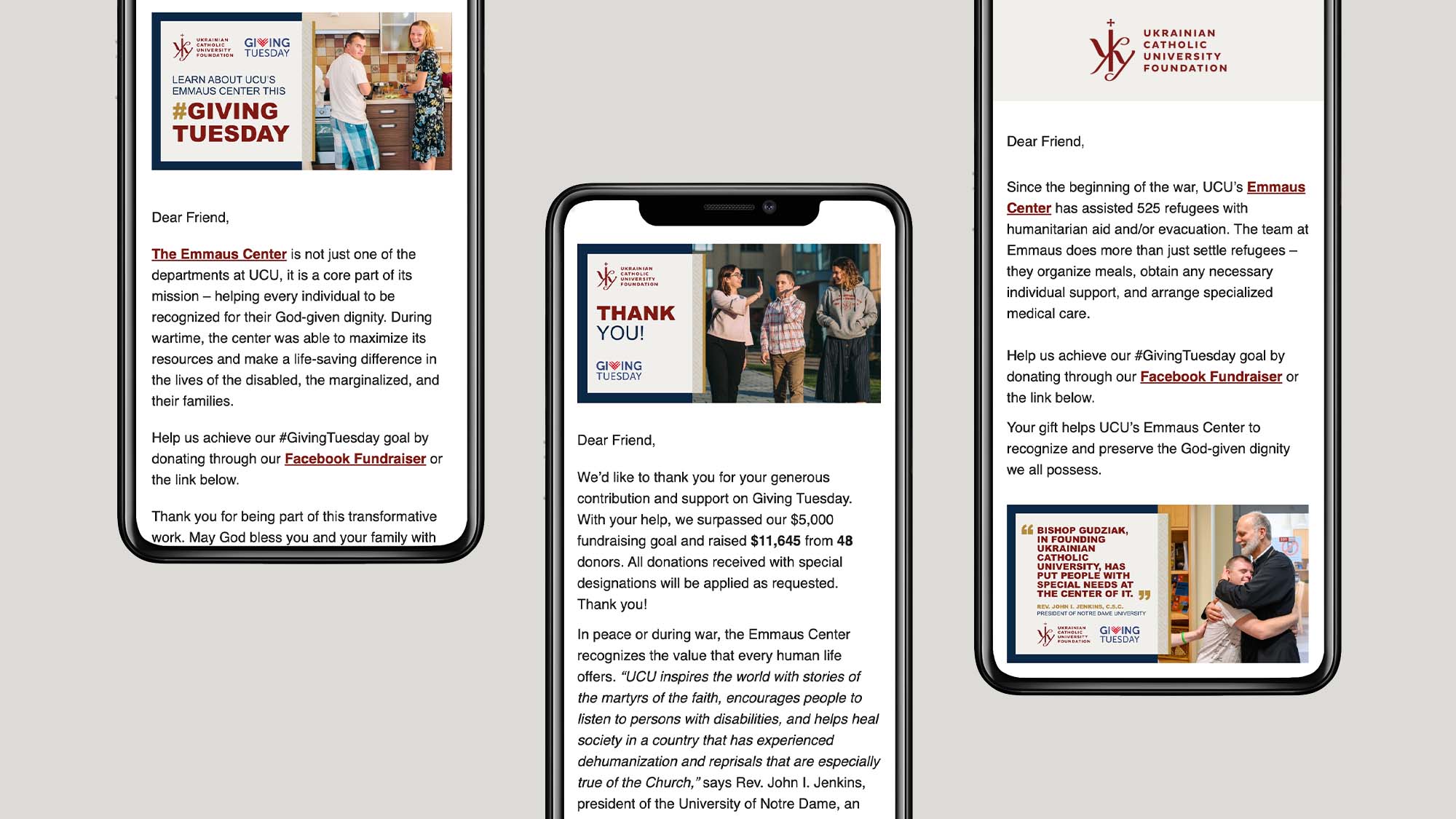
Offer plenty of ways to sign up for your mailing list on your website or through social media apps so that you are always growing your list with quality contacts. You can segment the list into demographics or categories of donors (regular donors, large donors, SYBUNTS, LYBUNTS) or by their interests.
Using automation to implement your strategy will allow you to personalize emails to different segments. Tools like Constant Contact, Mailchimp or Hootsuite set up automated sequences for follow-ups during campaigns, and track the performance of those emails to improve your future campaigns.
Free or Discounted Software Tools for Nonprofits
Beyond Google Ad Grants, many excellent software tools offer free or discounted versions for nonprofits including Canva, Mailchimp and Hootsuite. Check out TechSoup for more.
Analytics Help Optimize Nonprofit Marketing
Getting the most out of your budget means careful monitoring of your results. Start with a clear, measurable goal for each marketing initiative, and then track your results to determine the success and areas for improvement. There are free or low-cost analytics that come with Google, all the social media platforms, and email marketing. For direct mail, you can use specific phone numbers, URLs or a QR code on the materials to track the performance of your mailings.
Knowing exactly what is working well is one of the best ways to optimize your budget!
Trillion Marketing Helps Nonprofits with Limited Budgets Succeed
When you’re passionate about a cause, you want to get the word out. Optimizing your marketing efforts to your budget will help create the impact you want. We love working with our nonprofit clients and being a part of their positive change in the world. Call us at 908.219.4703 or reach out to learn about our nonprofit marketing work.

